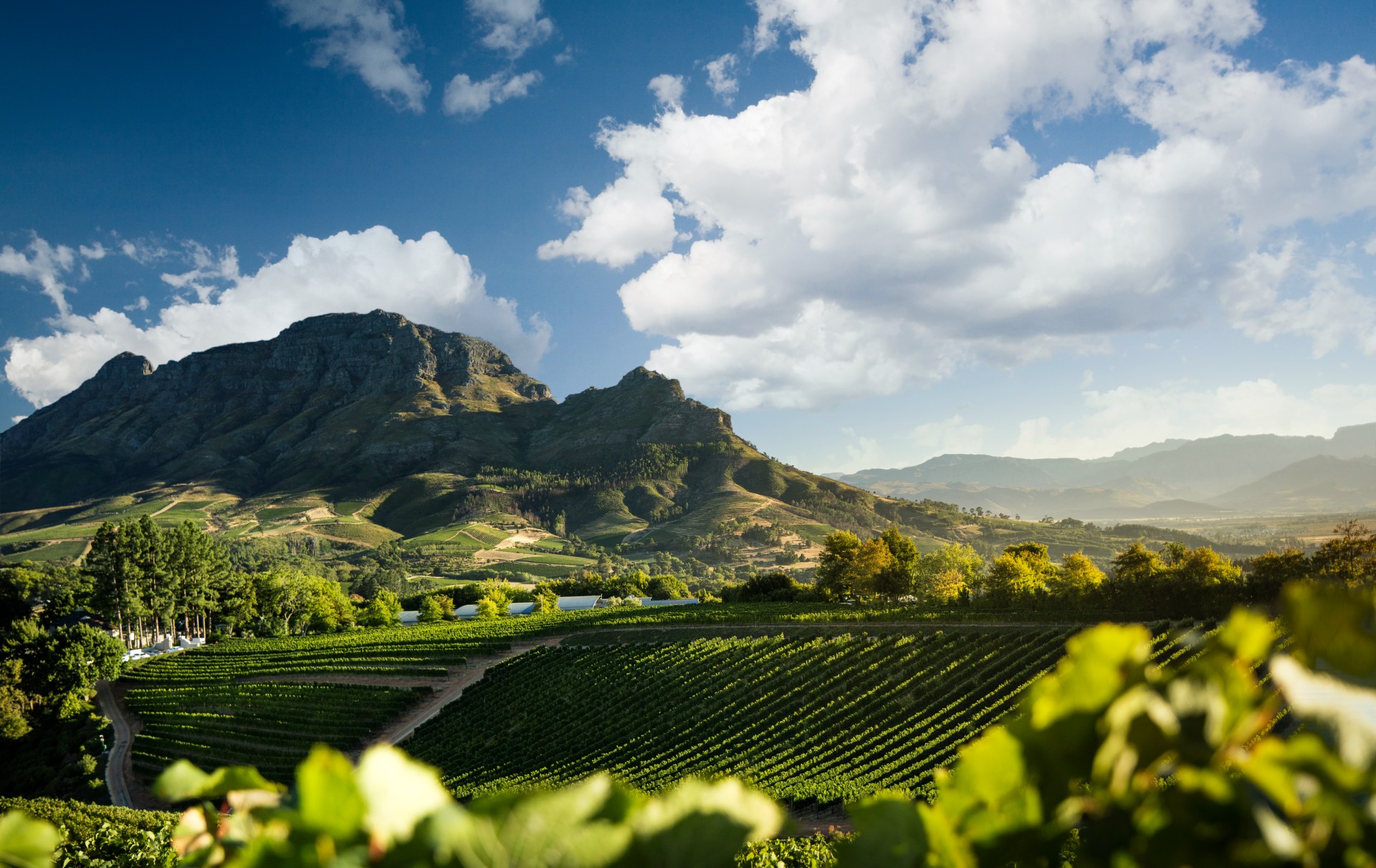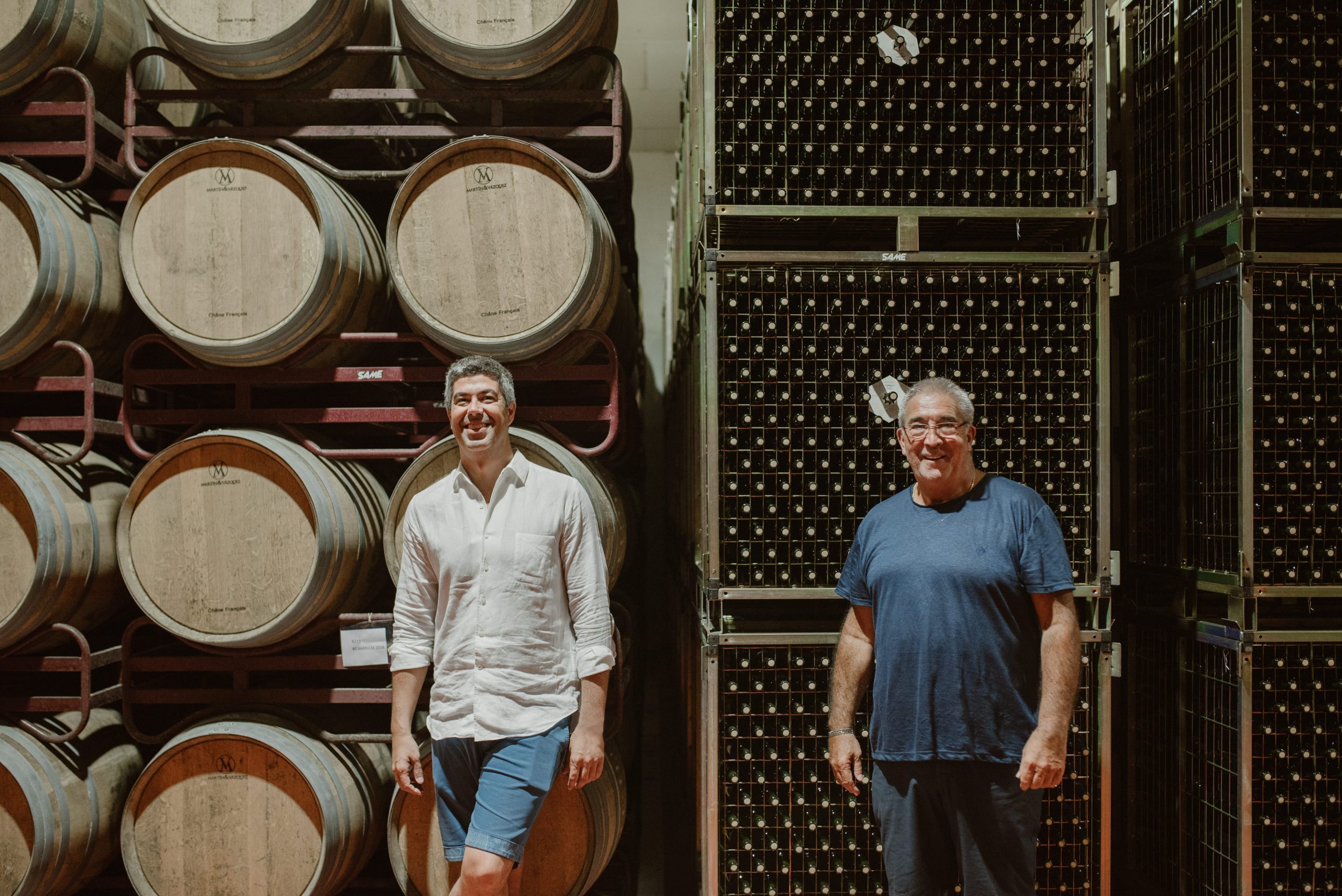Moët Hennessy: China will be a fine wine producing country
Jean-Guillaume Prats, CEO of Moët Hennessy Estates & Wines, predicts that China will become a fine wine producing country, affirmed by the luxury group’s first ever high-altitude wine ‘Ao Yun’ produced in Shangri-la of Yunnan province.
“Every market in the world which is consuming fine wines is a country where fine wine is produced. There are three exceptions. One is Japan even though there’s a little production in Yamanashi, the other one is Hong Kong and the third one is the UK even though they are trying to produce some sparkling wines, we wish them good luck,” said the executive during a masterclass held last week in Hong Kong to introduce three of its estate wines – Cloudy Bay, Newton Vineyard and Ao Yun.
“China has to be a country where fine wines are going to be produced. It has so much diversity in terms of soil and climate. It has a long-standing tradition with spirits such as Baijiu. It has a long-standing tradition with arts and so on,” he argued.
China, which is currently ranked as the world’s fifth largest wine producer, is often associated with producing inexpensive wines despite a few small quality producers from China’s northwestern Ningxia and Xinjiang provinces.
LVMH’s Ao Yun, which literally translates as ‘flying above the clouds’ is made from vineyards located between 2,200 and 2,600 metres above sea level in the northern part of Yunnan province that borders Myanmar in the Himalayan foothills. Ao Yun, selling for a staggering HK$2,300 (US$300) a bottle, is even said to cost more to produce than Château d’Yquem, due to the high logistics and human costs of making high-altitude wines in a desolate region like Shangri-la, as Prats previously told db.
The first vintage 2013 is made in a very ‘non-interventionist’ way with no electricity, sorting table, destemmer or vats, Prats stated.
Partner Content
“The vats did not arrive, so we used amphorae from a local producer. We of course had no temperature control, the barrels did not arrive, so the wine only had three months in barrel, 100% new oak because we don’t have any old barrels,” Prats explained citing a few examples.
“The wine is made in a very basic way,” he admitted. However, “it’s the perfect demonstration of the extraordinary potential of the northern Yunnan. It’s simply the quality of the fruit made in a very obscure way.”
The 2014 vintage will be released later this year.




